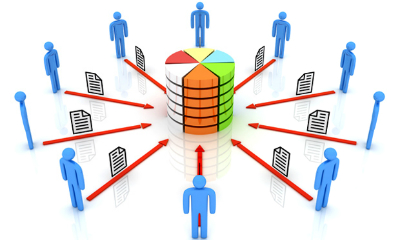Companies often attempt to create enterprise-quality databases, which can be built within a short span of time and maintained over a long period. Here are some of the most useful Agile database development practices that can help you achieve such as database:-
Continuous Builds
A continuous build is an automated process using which you can compile the whole application. Once you compile the application, all unit tests that have been written will be exercised. Outcomes of the test will be made available to the whole development team. Through execution of unit tests after a continuous build, any code verified into version control will be checked for its's accuracy. Some continuous build applications triggered with a version control commit.
Due to the continuous build, all of your team members will come to know the code's state as it is presently in version control. Problems with integration will thus be found and resolved then and there.
Documentation
Documentation is a part of the Agile database development practice as well. What makes Agile documentation different from Waterfall documentation is that you have document only for those things that cannot be done through coding or tests. Documentation is not what you aim for; rather it is the usable code that matters. But while developing code, an updated Entity Relationship Diagram is very useful. Input and output file details are required while communicating with external systems. In case a document acts as a tool that optimized the coding process and grows comprehension among developers, it is wise to have one.
Change Control
Change Control is the most complex and critical part of Agile database development. While some database design tools are suitable for generating change scripts that modify a database schema that is already existing to a schema that is newly defined. There are other tools that you can use to compare one database to another and process required change scripts. No matter what methodology you use to process and manage change scripts, you should be able to associate some change scripts to a story. In this way, as a story is promoted from one environment to the next, the suitable change scripts are chosen and packed as part of the deployment process. The change scripts must be deploy-able as part of the Continuous Build process.
The continuous build should be able to use the change scripts you have to build test database. The automation done through continuous build ensures that the required change scripts are in place on test database for code that is being tested, keeping all application layers organized. It will also test whether your change scripts work. So, when you promote database change to other environments, you will be more confident since the changed scripts have already been exercised a couple of times.
Once you follow the practices that have been mentioned above, you will not only have an effective working application, but a good infrastructure that will enable you to modify the application with full confidence.








